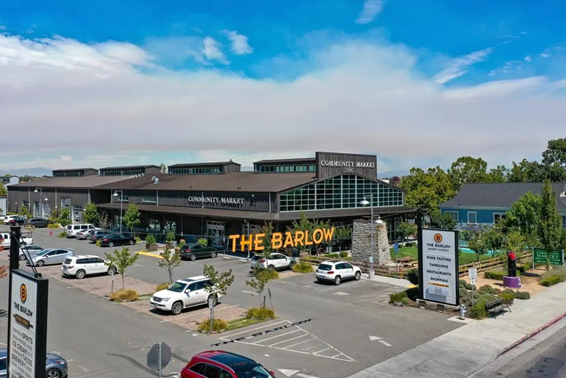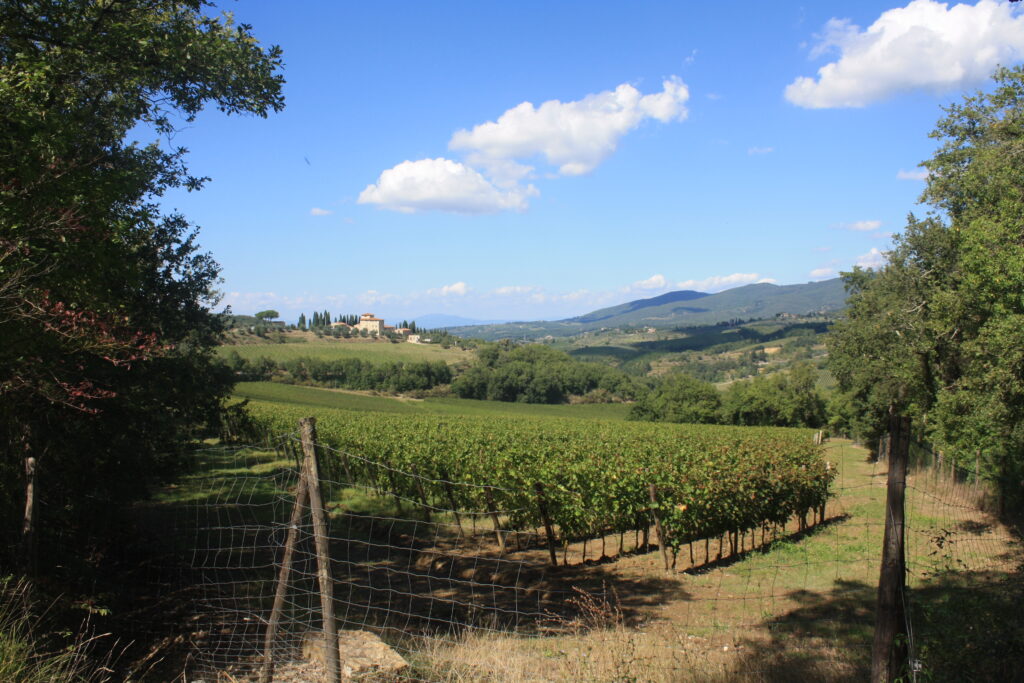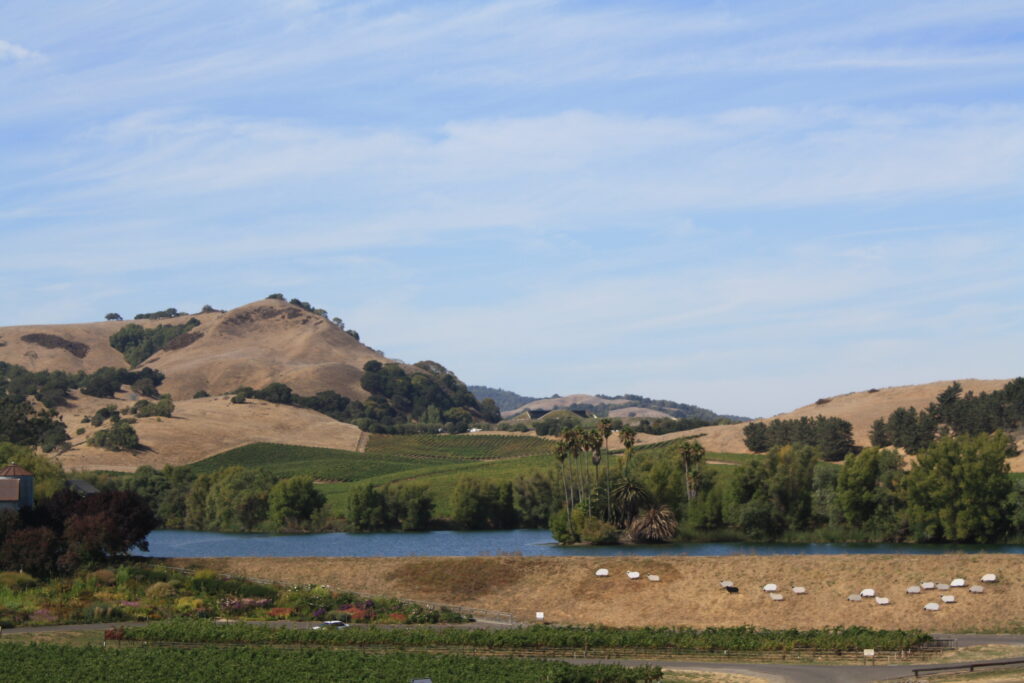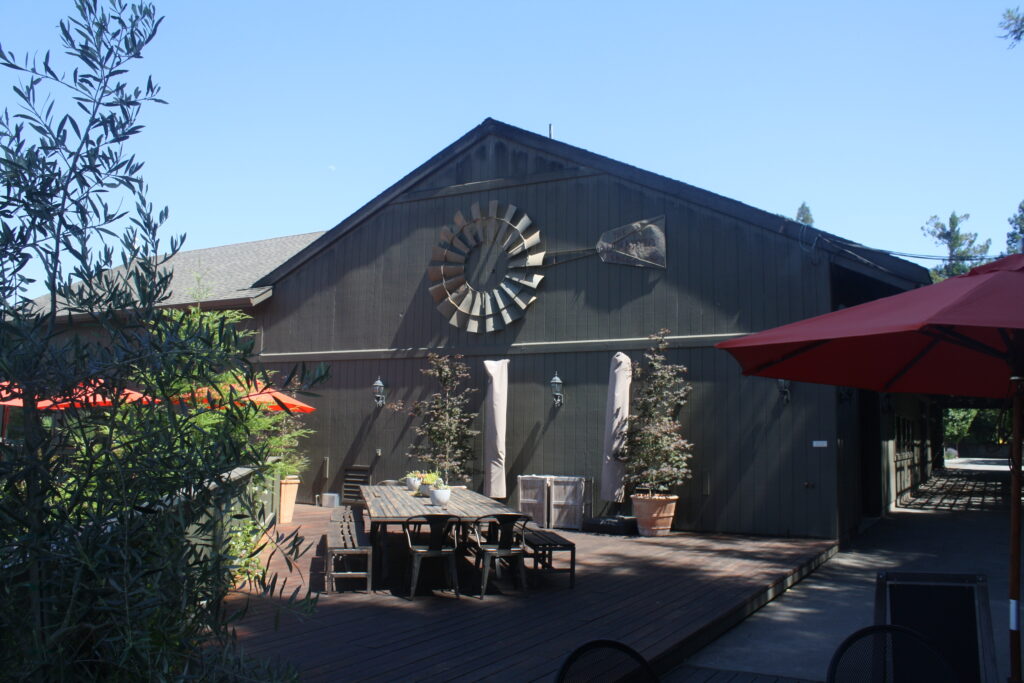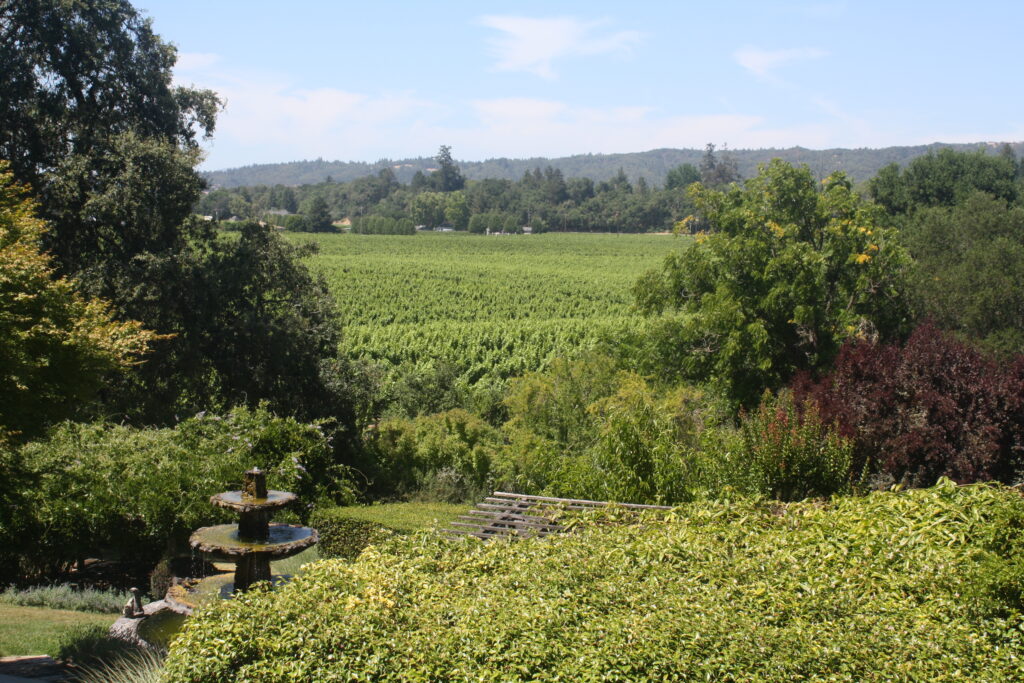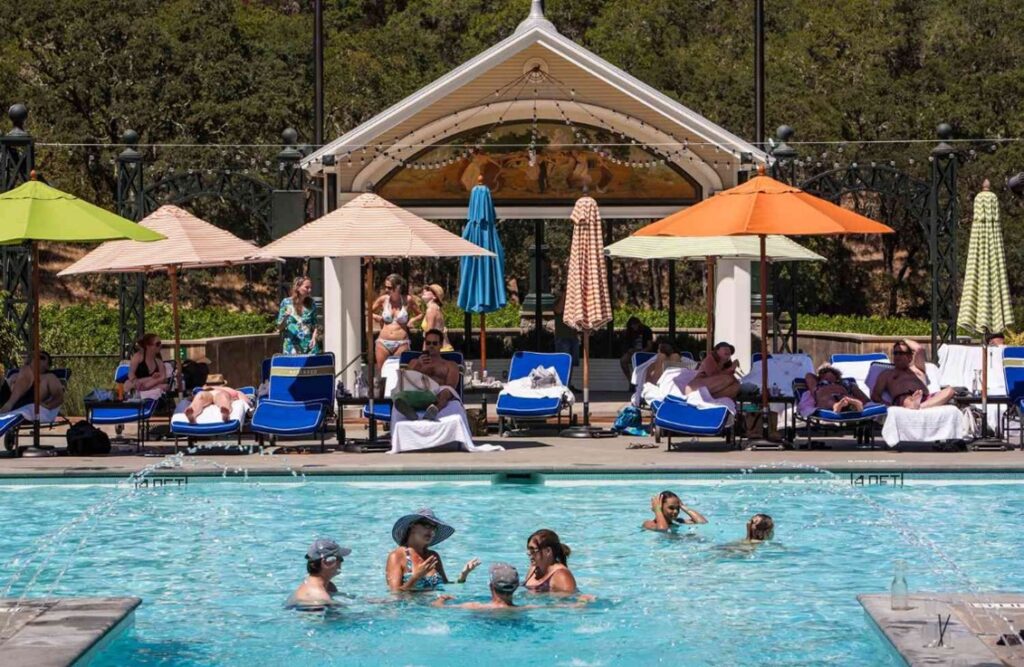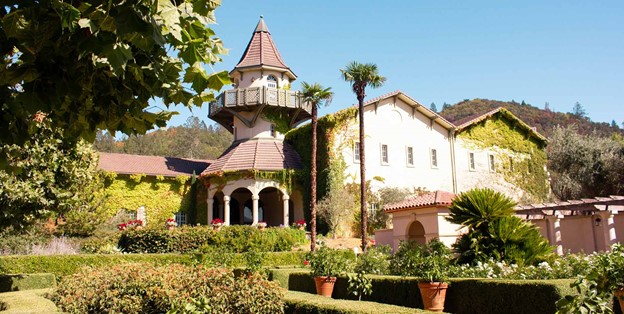One of the most attractive wine tasting features of Sonoma County is that different sections of it specialize in certain grapes. For instance, Alexander Valley is known for Cabernet Sauvignon, Dry Creek for Zinfandel and Russian River for Pinot Noir and Chardonnay. As you drive further west in the Russian River area, you encounter subsections, such as the wineries on River Road, the heart of Russian River AVA, and Chalk Hill, on the other side of Route 101. Perhaps the most remote section is Green Valley, quite rustic, with quite a few wineries to visit. Among the best known are Dutton-Goldfield, Hartford Court, Kosta Brown, Merry Edwards and Iron Horse.
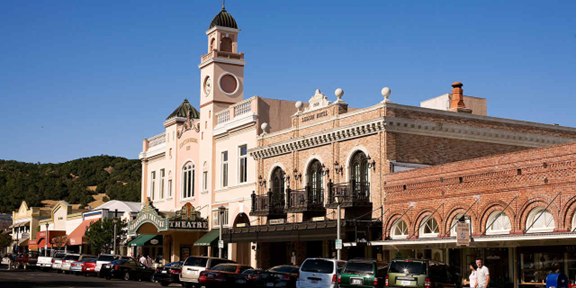
Downtown Sebastopol. Photo courtesy of Visit California.
The “seat” of Green Valley is the small town of Sebastopol (population around 8,000). No one is quite sure how the town got to be named after a Ukrainian city in the Crimea. There used to be several California towns of that name. One became Yountville; this Sebastopol was originally named Pinegrove.
Founded when prospectors came to Northern California for the Gold Rush of ’49, Sebastopol soon became the market town for apple and plum orchard keepers. The region is still known for one apple in particular, the Gravenstein, which is becoming rarer and rarer, even in California’s stores. Beginning in the 1970’s, vineyards began to replace orchards, and today that transformation is nearly complete.
The town of Sebastopol was transformed as well. Apple farming doesn’t generate the same kind of revenue as does winemaking, so Sebastopol was until fairly recently a dusty, slow-moving village. And apples don’t attract tourists like wine does, so soon tourists arrived in Green Valley for tastings. (They were more a trickle than a flood; still today Sebastopol is not as heavily visited as Sonoma town or Healdsburg.) Visitors to Wine Country everywhere want to live and eat well, so along with tasting rooms came restaurants, inns, art galleries and just a little bit of traffic along Sebastopol’s Main Street.
Today, as we see it, Sebastopol is a strange mixture of sleepy Healdsburg, circa 1995, and St. Helena today. All three towns are able to maintain the feel of a rural village, but with all the amenities of a town that has been discovered. Healdsburg was transformed by the wine trade and is now a destination itself. St. Helena has become rather ritzy. If the demand for Green Vally Pinot Noirs and Chardonnays expands the way that it has done in the rest of the Russian River area, Sebastopol may become more of a mecca. But it hasn’t happened yet.
Photo courtesy of The Barlow.
One of the signs that Sebastopol is seeking more visitors is The Barlow. It’s a twelve-acre market, on the site of the Barlow family’s apple sauce factory, similar in style and function to the Oxbow Market in Napa town. Kosta Brown has a tasting room there, as do brewers of both beer and cider (apples do survive in the region), plus restaurants, boutiques and specialty food shops. For our part, we prefer the less touristy ambiance of the restaurants and shops on Main Street and the side streets nearby. We recommend that you come and visit soon, before the 21st century catches up to Sebastopol.
